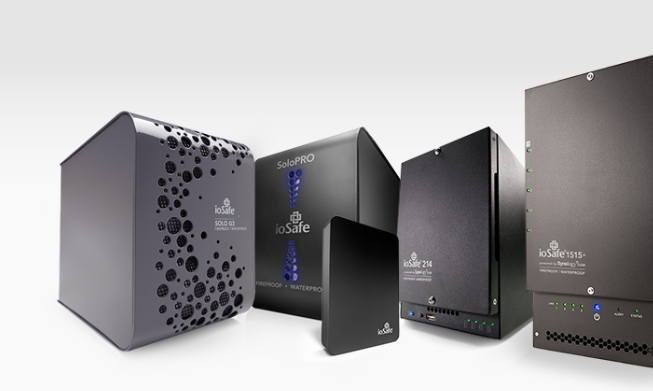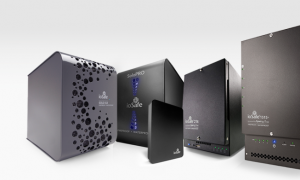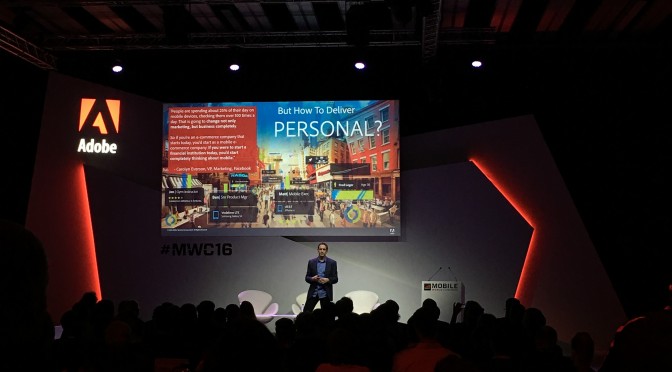If you’re like me, you probably have a ton of content stored in various digital places. I’ve had my external hard drive for a while and it has been a lifesaver when I need to keep my data with me. My hard drive and I were doing so well with my travel and work… until one day, it just went kaput! I didn’t know what to think of it. Of course, the first thing I did was panic because all of my photos, content and everything else that’s important to me was on that external hard drive. How could this happen? My thinking was that if my laptop went down then I’d still have my files with me on the external hard drive. Little did I know that my external hard drive would go dead before my laptop.
In a whirlwind, I ran into any of the tech brick and mortar stores I could find. But every tech guy said the same thing: Sorry, we can’t retrieve your files. The files are all dead. My worst nightmare came true! What was I going to do? A friend of mine told me about this recovery data file center in California. I called them up, only to find out it would cost me at least $2,000 to $3,000 to retrieve the files (not guaranteed). I was so mad. Other people must have gone through this same situation, right? So, why wasn’t there a better solution in today’s tech-savvy age?
Running out of options, I decided to call seagate, the maker of my external hard drive. I have to be honest with you. I was doubtful about the whole thing.
But, the customer service rep was so nice and he transferred me to expert technical support. This particular person was so helpful in guiding me through step-by-step what I needed to do. To make a long story short, I mailed the external hard drive in and they were able to retrieve about 80 percent of my files. I’m so thankful. But, this whole hectic situation got me thinking: Do I need to have a backup for my backup? Digital security has become a hot topic and nobody has time for a hard drive breaking down. Seagate did a great job in recovering most of my data, which I’m forever grateful for, but still. Where’s our solution?
Over the next weeks, I was on a mission to find the next hard drive that would protect my data and wouldn’t break down on me. For a while, I decided that there aren’t any… until recently when I ran across ioSafe.
Iosafe is hardware built to stand up against disasters. Have you ever knocked over a glass while working? How about left your laptop and hard drive in your car on a hot day? I’ve done it, but luckily ioSafe’s rugged design withstands all of that.
From HydroSafe sealing that protects the internal hardware from liquids, to the RAID technology that guards against individual drive failure, ioSafe is the future of data safety. Dual fans, FloSafe vents, internal and external fireproof insulation and durable all-steel construction combine to make the ioSafe 1515+ a powerful private cloud and disaster recovery in a single box.
It’s fireproof, waterproof and ioSafe has a data recovery service that can help me retrieve files if I need to in the future. However, the more I hear about this product, the more I’m convinced that I need it to protect my data.





